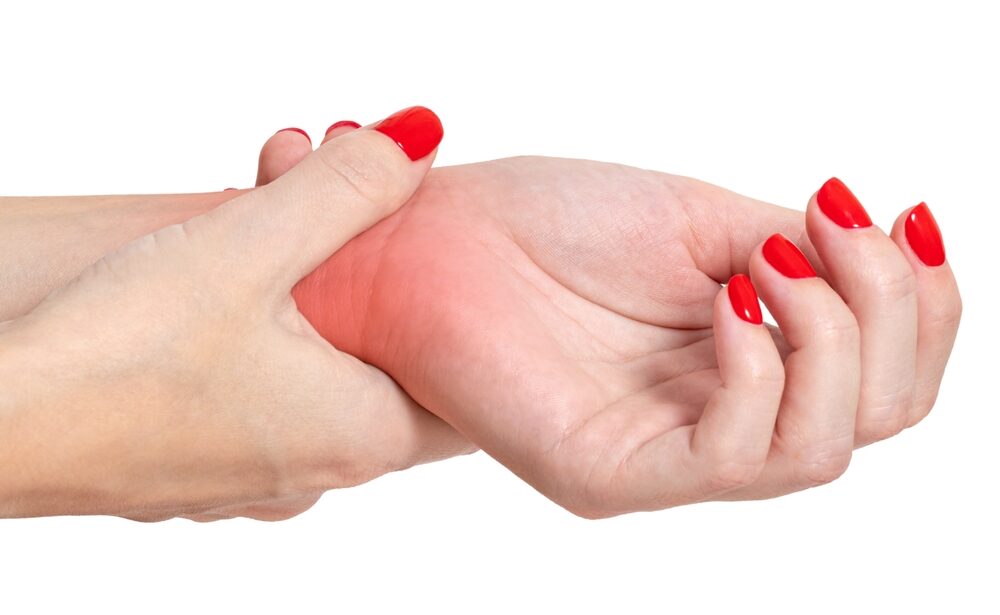Overview
Tendon sheath injections involve the administration of corticosteroids or other therapeutic agents directly into the tendon sheath surrounding a tendon. This procedure is often used to treat inflammatory conditions, alleviate pain, and promote healing in areas where tendons may be compressed or inflamed. Tendon sheath injections are particularly beneficial for conditions like tendonitis, tenosynovitis, and other overuse injuries.
Indications for Tendon Sheath Injections
Tendon sheath injections are indicated for a variety of conditions, including:
- Tendonitis: Inflammation of the tendon, commonly seen in the shoulder, elbow (e.g., tennis elbow), wrist, and Achilles tendon.
- Tenosynovitis: Inflammation of the tendon sheath, which can lead to pain and swelling.
- De Quervain’s Tenosynovitis: A specific condition affecting the tendons on the thumb side of the wrist.
- Trigger Finger: A condition where a finger gets stuck in a bent position due to tendon inflammation.
- Post-surgical Inflammation: To reduce inflammation and promote healing following tendon surgery.
Diagnostic Procedures
- Clinical Evaluation:
- A comprehensive assessment of the patient’s medical history, symptoms, and a physical examination to determine the location and severity of pain.
- Imaging Studies (if necessary):
- Ultrasound: To visualize the affected tendon and assess the extent of inflammation or injury.
- MRI: In certain cases, an MRI may be used for detailed imaging of tendon structures and surrounding tissues.
Procedure for Tendon Sheath Injections
- Preparation:
- The patient is informed about the procedure, including its purpose, potential benefits, risks, and expected outcomes. Consent is obtained.
- The injection site is cleaned with antiseptic to minimize the risk of infection.
- Anesthesia:
- Local anesthesia may be administered to numb the area around the tendon sheath, reducing discomfort during the injection.
- Injection:
- A sterile syringe and needle are used to inject the corticosteroid or other therapeutic agent directly into the tendon sheath.
- Imaging guidance (ultrasound or fluoroscopy) may be used to ensure accurate placement of the injection.
- Post-procedure Care:
- Patients are monitored briefly for any immediate reactions, and aftercare instructions are provided, including recommendations to avoid excessive activity for a specified period.
Potential Benefits
- Pain Relief: Tendon-sheath injections can provide significant pain relief, often within a few days, allowing patients to resume normal activities.
- Reduced Inflammation: The corticosteroids help decrease inflammation in the tendon sheath, promoting healing and improved function.
- Improved Range of Motion: Relief from pain and inflammation can lead to better mobility and function in the affected area.
Possible Risks and Side Effects
While generally safe, tendon-sheath injections may have potential risks, including:
- Infection: There is a small risk of infection at the injection site.
- Joint or Tendon Pain: Some patients may experience temporary discomfort or swelling following the injection.
- Skin Changes: Potential for localized skin thinning or discoloration at the injection site.
- Allergic Reactions: Rarely, individuals may have an allergic reaction to the injected medication.
- Tendon Rupture: In rare cases, repeated corticosteroid injections can weaken tendons and increase the risk of rupture.
Final Results
With appropriate use, tendon injections can lead to:
- Significant Pain Reduction: Many patients experience substantial relief from symptoms, allowing for increased physical activity and participation in rehabilitation exercises.
- Enhanced Quality of Life: Improved pain management can lead to a better overall quality of life, enabling patients to engage more fully in daily activities and hobbies.
- Faster Recovery: The reduction of inflammation and pain may facilitate quicker recovery and rehabilitation following tendon injuries.

